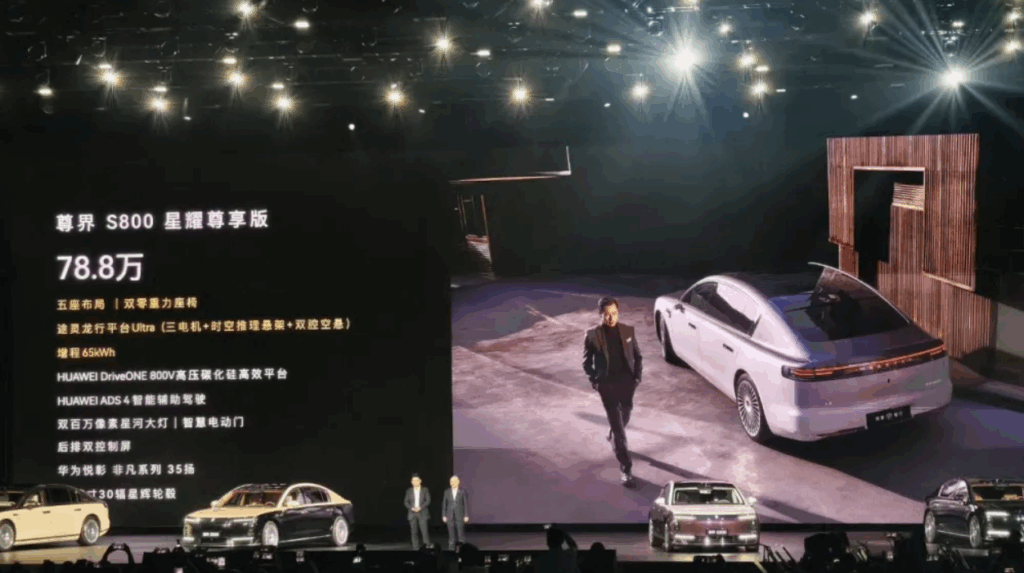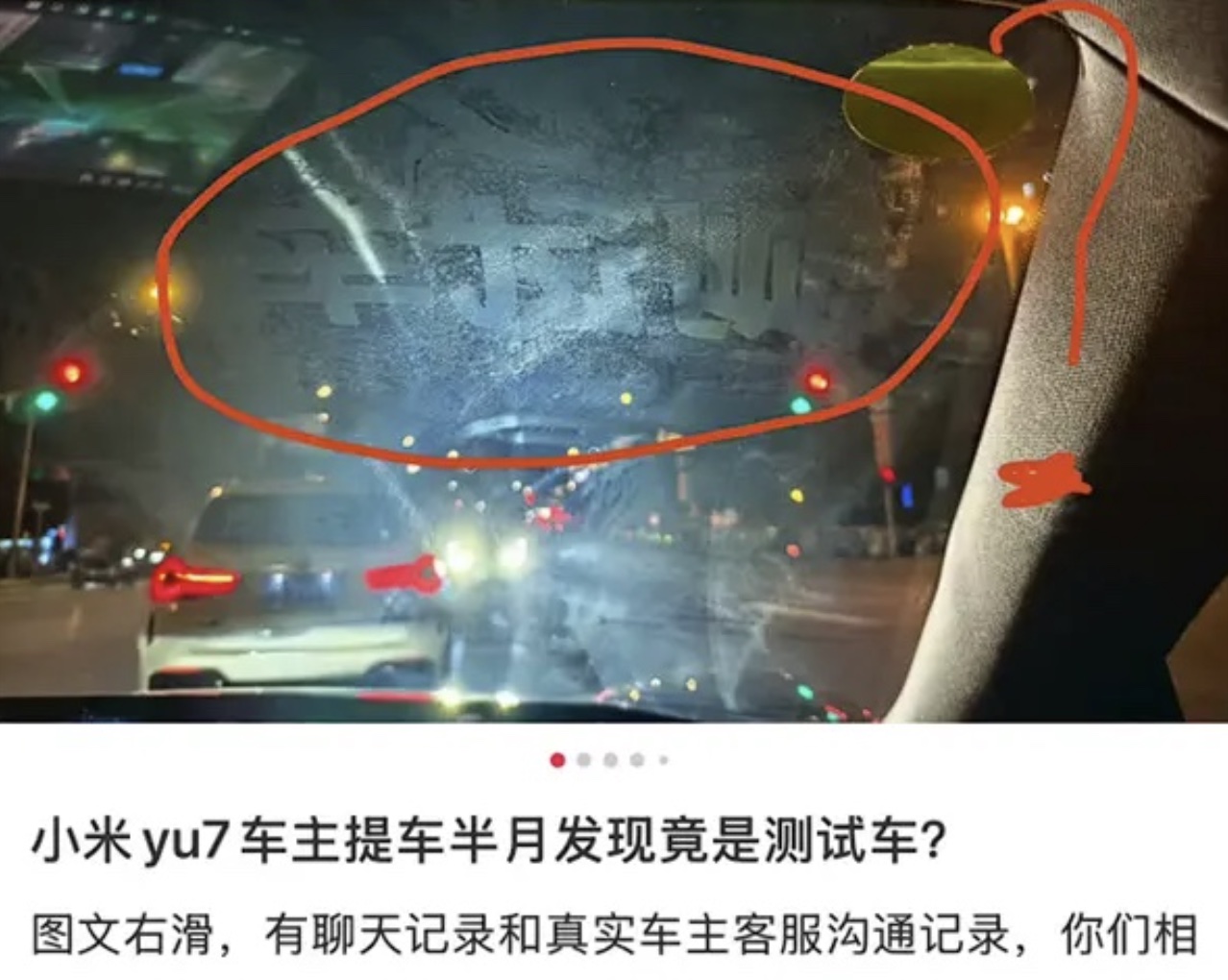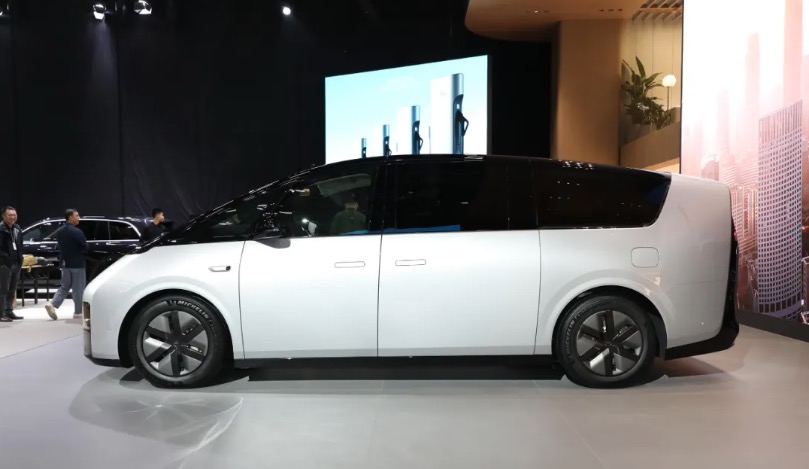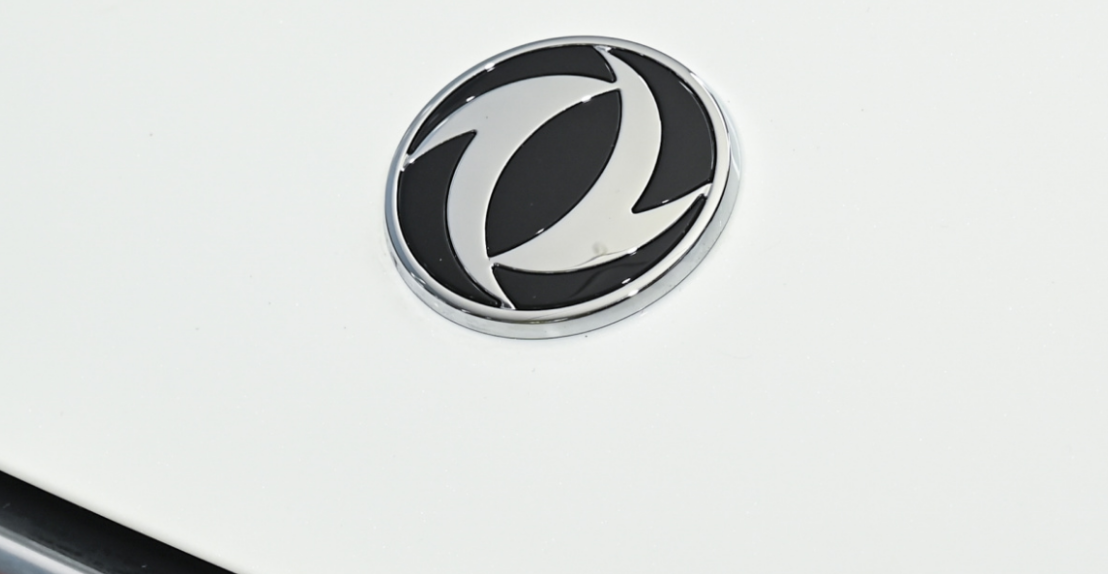On May 30, the Zhunjie S800 was officially launched, with four variants priced at RMB 708,000 (~USD 99,100), RMB 788,000 (~USD 110,300), RMB 818,000 (~USD 114,500), and RMB 1,018,000 (~USD 142,500). Positioned as a flagship luxury sedan, the S800 is built on the Tuling II Longxing platform and will be offered in both all-electric and range-extended versions, with dual-motor and tri-motor options available.

Exterior
The S800 offers both single- and dual-tone paint schemes. The front adopts a closed-off design, typical of NEVs, with distinct bumper treatments: the range-extended version uses horizontal trim, while the pure EV version features a mesh pattern. Vertical triple-beam headlights with LED strips above and below add to its futuristic look. Exterior colors include Purple-Silver two-tone and Solid Black.
From the side, the S800’s defining feature is its sheer size, with notably long rear doors that promise generous rear cabin space. The sloping C-pillar adds elegance. Measuring 5480/2000/1536 mm with a 3370 mm wheelbase, its dimensions rival those of the Mercedes-Maybach S-Class.
The rear features a wider light bar than the Stelato S9, with galaxy-style dotted LEDs and a MAEXTRO wordmark overlay that creates depth. Camera units are integrated below the taillight, flanked by JAC Motors and Zhunjie S800 badging.
Interior
Inside, the S800 boasts a wraparound cockpit with a massive three-screen layout spanning the dashboard. The passenger can operate both the infotainment and entertainment screens, with seamless multi-screen interaction enabled by Huawei’s smart cockpit system. Features include a three-spoke multifunction steering wheel, quilted leather seats, wireless phone charging, column-mounted shifter, and ambient lighting across door panels, speakers, and cup holders. Electronic side mirrors are also available.
Seating configurations include 4-seat and 5-seat layouts. The 4-seat version offers zero-gravity rear seats with massage, heating, and ventilation, plus a center partition for added privacy. All four seats have independent headrest speakers, while the rear includes folding tables, champagne holders, and a starlight headliner.
Powertrain
The range-extended version uses a 1.5T engine (115 kW) paired with dual or triple motors:
Tri-motor setup: 160 kW front motor + two 273.5 kW rear motors.
Dual-motor setup: 160 kW front + 230 kW rear motor.
Fuel consumption for REEV models is as low as 0.09 L/100 km (dual-motor) and 0.25 L/100 km (tri-motor). Pure EV versions share the same motor configurations.
Brand Positioning and Competition
MAEXTRO Zhunjie is Huawei’s fourth “Smart Selection” car brand, co-developed with JAC Motors, following AITO (Seres), LUXEED (Chery), and STELATO (BAIC). Huawei has also partnered with SAIC to launch the upcoming Shangjie brand.
According to Huawei’s Yu Chengdong, Zhunjie is positioned above Maybach and Rolls-Royce Phantom in luxury, while Stelato focuses on premium sedans, LUXEED covers mid- to high-end segments, and AITO specializes in SUVs.
Competitors for the range-extended S800 include the Mercedes-Benz S-Class (RMB 962,600–2.04M / USD 134,800–285,900), BMW 7 Series (RMB 919,000–1.269M / USD 128,700–177,700), and Audi A8L (RMB 789,800–2.076M / USD 110,600–290,600). For the all-electric S800, rivals include the Mercedes EQS (RMB 881,000–1.339M / USD 123,300–187,500), BMW i7 (RMB 949,000–1.899M / USD 132,900–265,900), and NIO ET9 (RMB 788,000–808,000 / USD 110,300–113,100).
As a million-yuan flagship, the S800 is expected to outsell niche ultra-luxury EVs but is unlikely to achieve mass-market success like Huawei’s more affordable “Jie” brands. Its long-term performance will depend on market response.



